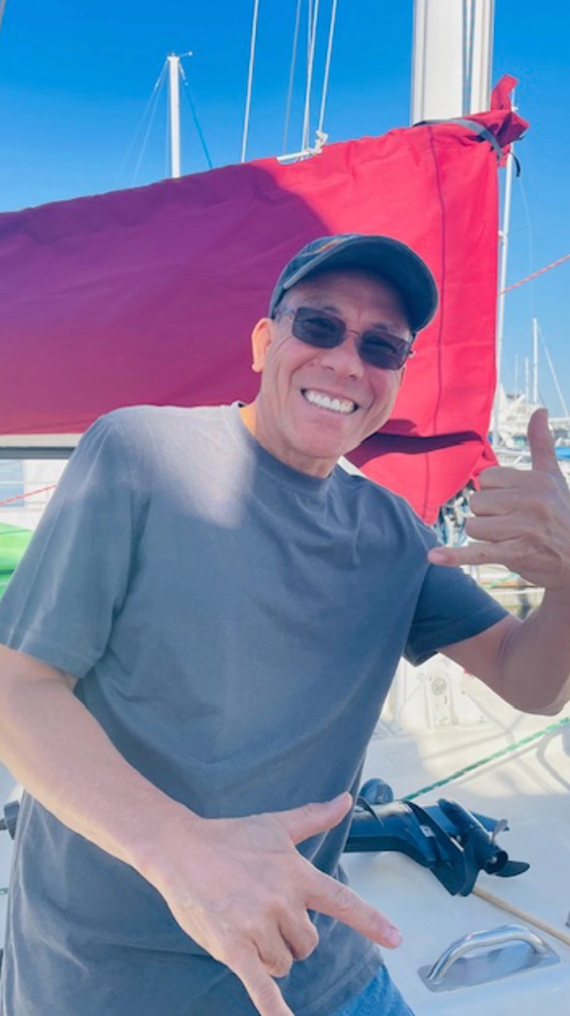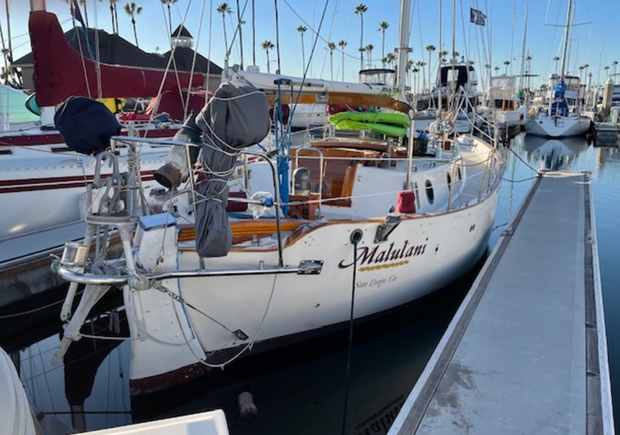
On February 6th, the US Coast Guard announced that a missing sailor named Noel Rubio had arrived safely in Hawaii after going missing on his journey from California to Hawaii. The vessel Malulani is a 32-foot Westsail sloop that departed Long Beach, California on December 28th and was expected to arrive in Kaneohe, Oahu, Hawaii by January 18th. Rubio last made contact via cellphone from south of Catalina Island on the day he left Long Beach.





